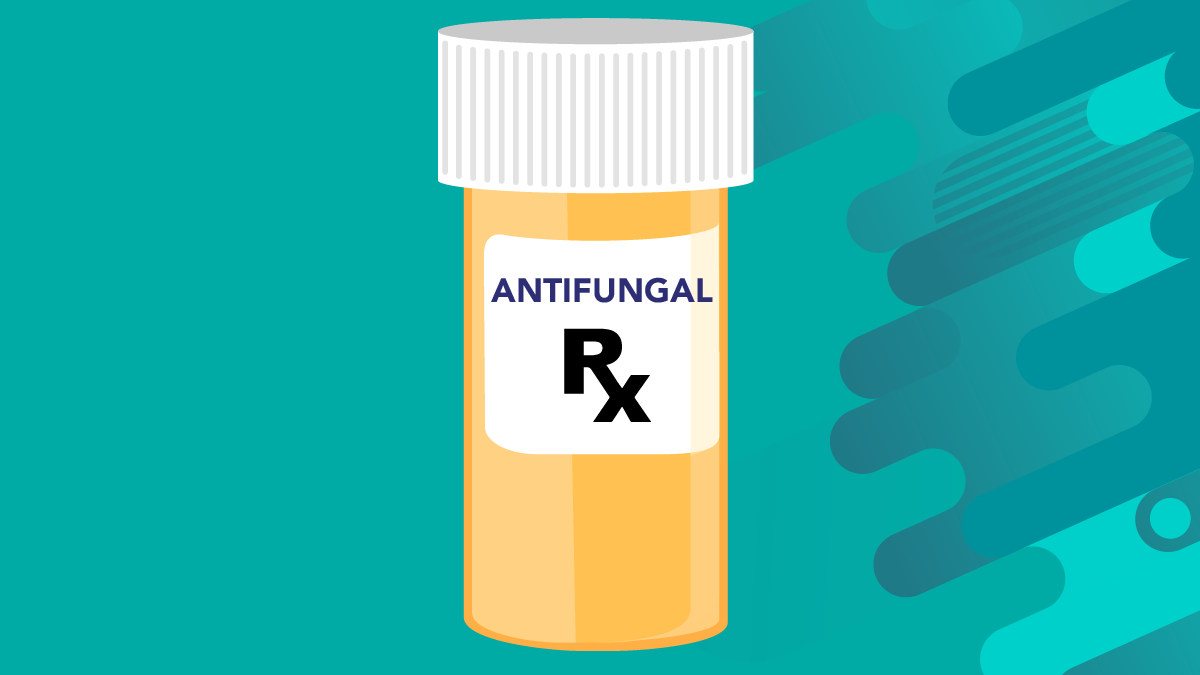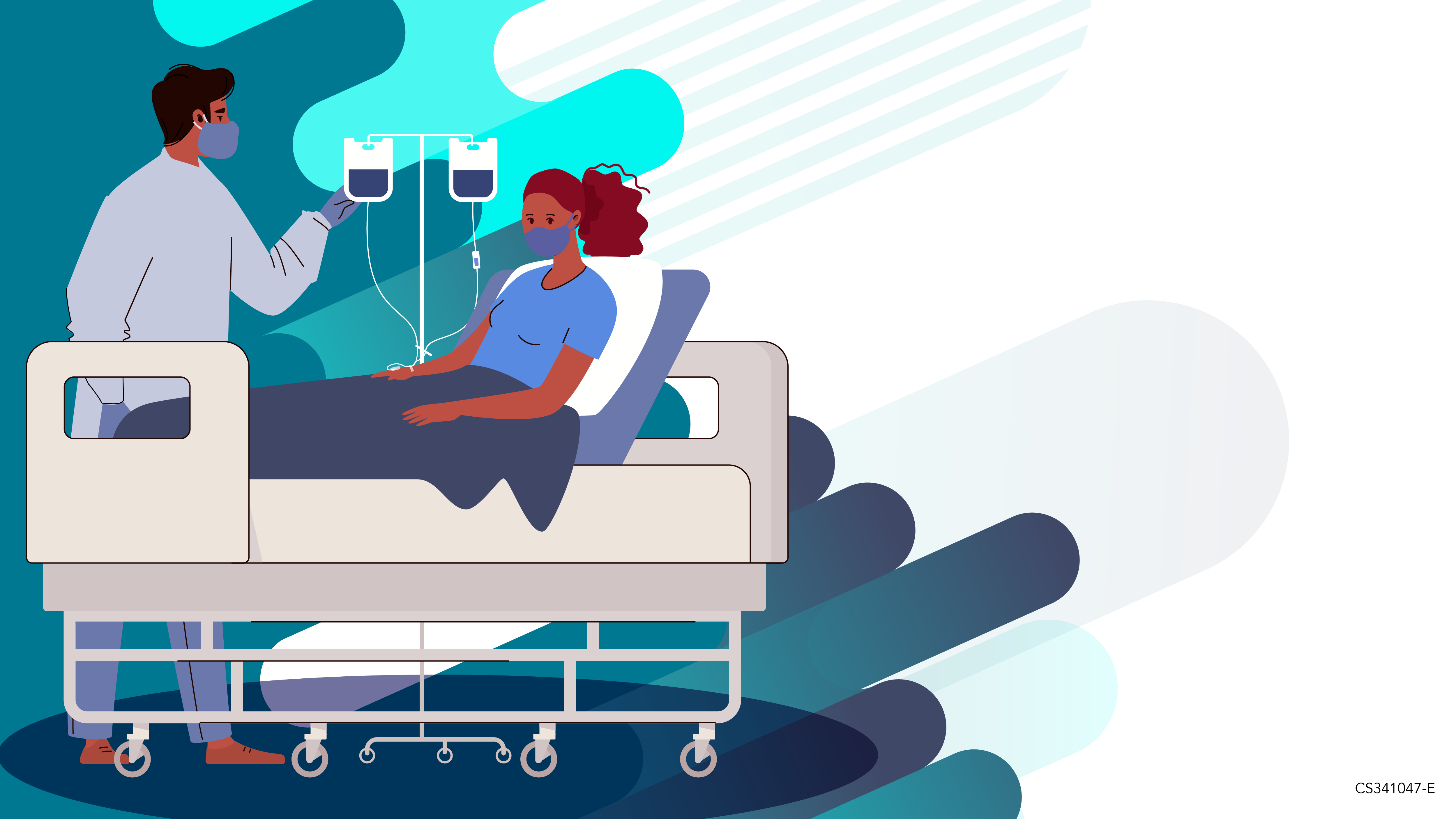Key points
- Having a weakened immune system or taking antibiotics increases overall risk for candidiasis.
- Pregnancy and hormone changes increase vaginal candidiasis risk.
- Babies < 1 month and people with HIV/AIDS have a higher risk for candidiasis in the mouth, throat, or esophagus.
- Invasive candidiasis generally only poses a risk to hospitalized patients.

What increases risk
Overall risk for different types of candidiasis
Vaginal candidiasis (yeast infection) is somewhat common among women, including those who are generally considered healthy. Overall, among healthy adults, candidiasis of the mouth or throat (thrush) is much less common. Candidiasis of the esophagus is rare among healthy adults.
Typically, only people who are hospitalized or were recently hospitalized are potentially at risk for invasive candidiasis. Some examples of invasive candidiasis include candidiasis of internal organs, bones, joints, and the bloodstream (candidemia).
Medications and health conditions
Most Candida infections are caused by an overgrowth of Candida, a fungus that lives on the skin and inside the body. Some medications and certain health conditions make it harder for the body to control Candida growth, increasing the risk for candidiasis.
General risk factors for candidiasis include:
- Medications: antibiotics, steroids, and chemotherapy.
- Health conditions: HIV/AIDS, cancer, and diabetes.
Other risk factors are specific to the type of infection and described below,
Risk factors by infection type
Vaginal candidiasis (yeast infection)
Some factors that increase the risk for vaginal candidiasis include:
- Pregnancy
- Use of hormonal contraceptives (birth control pills)
- Diabetes
- Weakened immune system
- Current or recent antibiotic use
Candidiasis of the mouth or throat (thrush)
Candidiasis of the mouth and throat are uncommon for healthy adults. The risk is highest among babies under 1 month of age.
Health conditions that increase risk for candidiasis in the mouth or throat include:
- Diabetes
- HIV/AIDS
- Cancer
Additional risk factors for candidiasis of the mouth and throat:
- Dentures
- Antibiotics
- Corticosteroids, especially in inhalers for conditions like asthma
- Medications and conditions that cause dry mouth
- Smoking
Candidiasis in the esophagus
Most people who get candidiasis of the esophagus also have mouth and throat infections. Candidiasis in the esophagus is one of the most common infections in people living with HIV/AIDS. Other conditions that increase risk include blood cancers like leukemia and lymphoma.
Invasive candidiasis

Patients currently or recently in the hospital or with invasive medical devices may be at risk for invasive candidiasis.
Health conditions that increase risk include:
- Pre-term birth
- Kidney failure
- Diabetes
Factors that increase risk include:
- Long periods in the intensive care unit (ICU)
- Central venous catheters
- Total parenteral nutrition (nutritional formula given through the vein)
- Recent surgery, especially multiple abdominal surgeries
- Organ transplant
- Chemotherapy
- High-dose, broad-spectrum, or long-term antibiotics use
- Hemodialysis
People who inject drugs are also at risk for invasive candidiasis, especially for bloodstream infections, heart valve infections, and bone and joint infections.
Candidiasis does not spread between people but healthcare professionals and caregivers should wash their hands frequently and follow infection control practices for invasive medical devices and surgical wounds.
